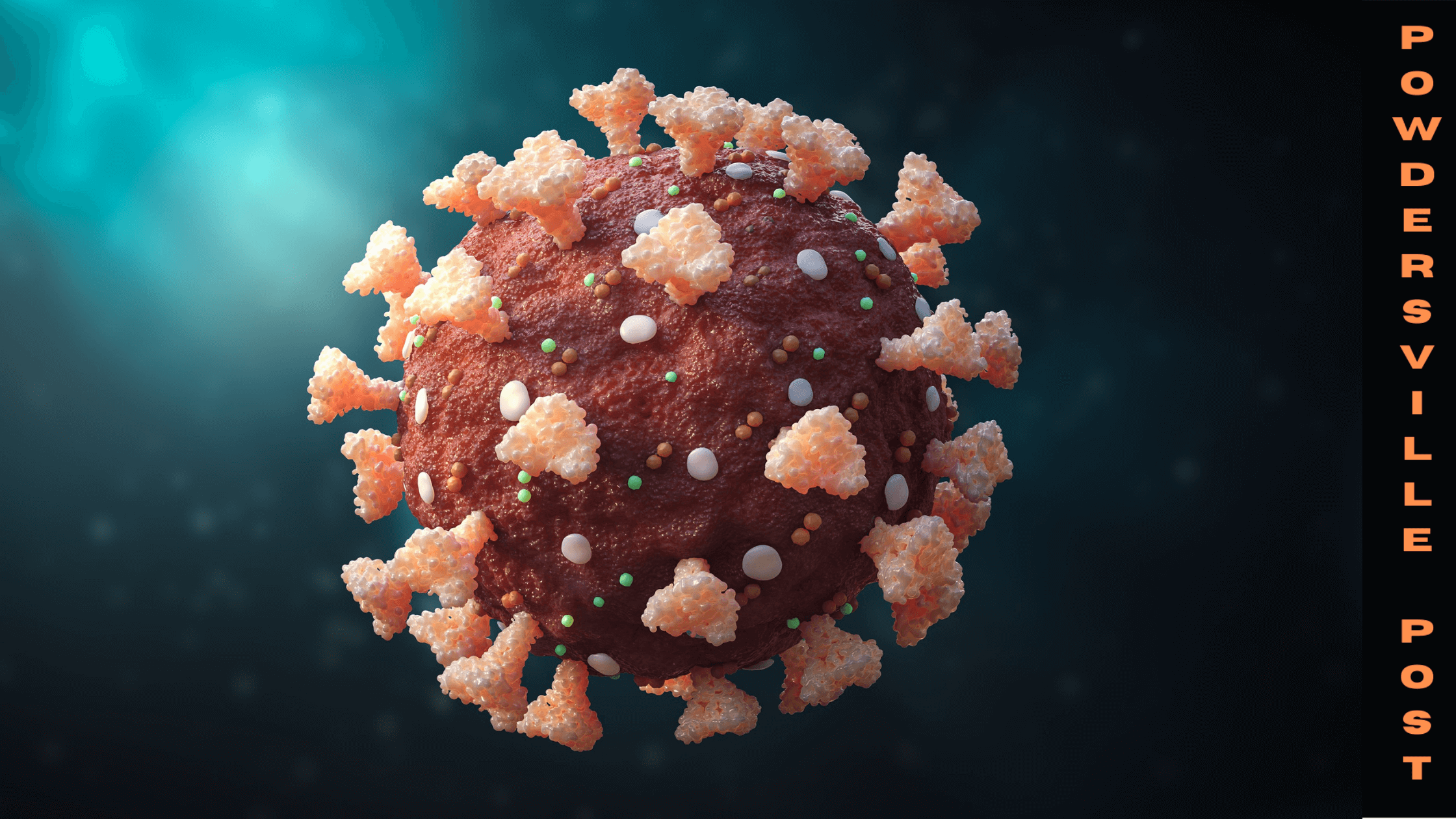CDC Evaluates US Covid Infections Are Now Closer To 140 Million
Nikki Attkisson | Last Updated : March 3, 2022The US Centres for Disease Control and Prevention calculated 140 million COVID-19 infections in the United States. As of 31 January, about 43% of the US population means 74.3 million individuals had been infected with the COVID-19. The CDC reported the infected population includes about 60% of children under 18, nearly half of those aged 18 to 49, 37% of those aged 50-64, and 23% of those over 65.
CDC Evaluates US Covid Infections Are Now Closer To 140 Million
The data comes from the CDC’s nationwide antibody seroprevalence survey to test blood samples for antibodies caused by infection, not vaccination.

For unrelated reasons such as routine medical examinations, the blood samples are submitted to commercial laboratories, but the identifying information is removed. Researchers collected data from the samples encompassing all 50 states every two weeks.
The highest seroprevalence was in Wisconsin with an estimated 56.1% cases and Vermont has the lowest at 17.8%.
Dean of the National School of Tropical Medicine at Baylor College of Medicine, Dr. Pérez Hotez, believes this reflects more exposure than immunity.
The cases measured in January using antigen testing or PCR testing reported 74.3 million, but now the number reached a new height. This difference can be caused by the large portion of mild cases of COVID-19 that are not recognized through testing, leading to an underestimate of total COVID-19. Some people are relying on domestic testing of coronavirus, which is not reflected in the CDC databases.
An associate professor of epidemiology at the Johns Hopkins Bloomberg School of Public Health, Keri Althoff, said that CDC data can give us an accurate answer to who has antibodies or not. He further informed that what it can’t tell us is whether these antibodies are high enough from infections to protect if a person gets infected again.
The antibodies in the body do not imply protection from reinfection, and the seroprevalence survey does not calculate the amount of the antibody present. According to the studies, the protective layer of antibodies created from infections is more durable than the layer of antibodies created by vaccination. But the CDC does not suggest using antibody testing to estimate for immunity to Covid-19.
The calculations of the CDC showed there were 102.9 million infections at the end of November. That means that the Omicron wave swept the country in December and January by 30 million more infections.
The study gives scientists and policymakers a comprehensive overview of the effects of pandemics on the population.
Schaffner said it is something like gazing at some mountains across a big plain. Everything is visible to you, where the mountains rise, where they peak, and where they fall. You are not required to count every tree to get the big picture.
For example, this data can explain the decline in death rates and hospitalization. These data provide us with some expectations, we can assume that this protective layer lasts longer for a while and that we can continue to plan about moving from the pandemic phase to the endemic phase, said Schaffner. He further added that undoubtedly these data do play a substantial role in the CDCs decision to revise its masking recommendations.
However, there are many limitations to the data. It is essential to consider those who are being left out of the study, as it sources blood work done for non-covid purposes, said Althoff.
Althoff further added that it is crucial to know the country has got a pretty good cushion of population immunity going on right now. But we have to watch it closely because it can weaken at any time.
With over 15 years as a practicing journalist, Nikki Attkisson found herself at Powdersville Post now after working at several other publications. She is an award-winning journalist with an entrepreneurial spirit and worked as a journalist covering technology, innovation, environmental issues, politics, health etc. Nikki Attkisson has also worked on product development, content strategy, and editorial management for numerous media companies. She began her career at local news stations and worked as a reporter in national newspapers.
